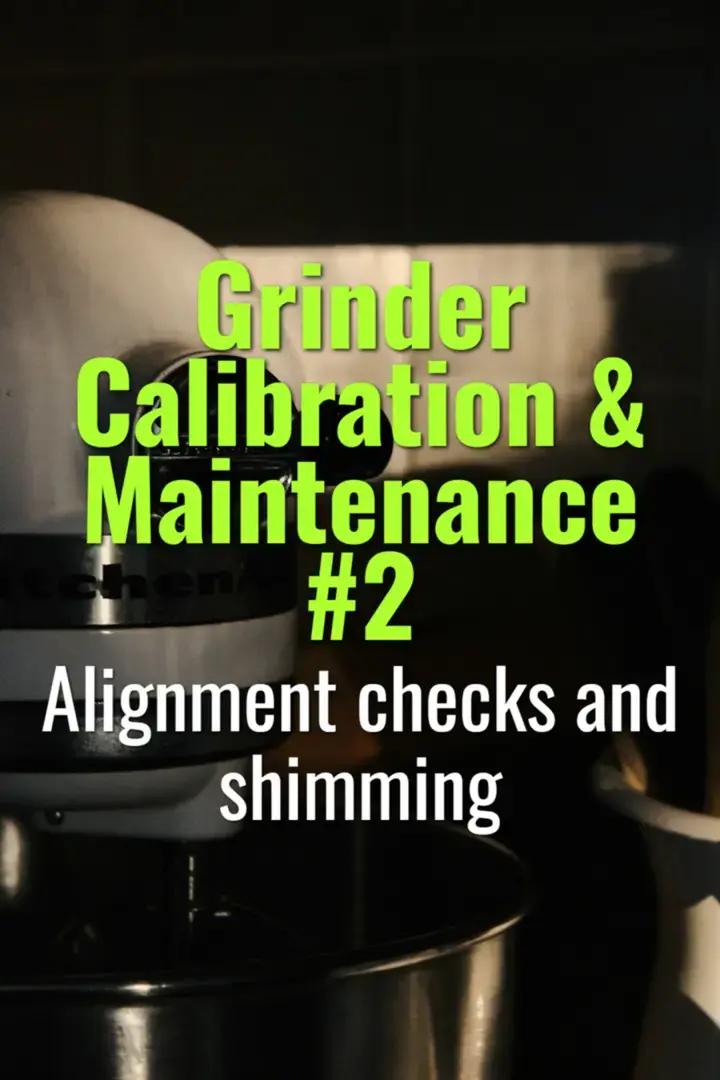Alignment checks and shimming
How to perform alignment checks on coffee grinder burrs and use shimming to correct misalignment for optimal grind consistency.
- Coffee Basics Nerds
- 1 min read
Article 2 of 12 in Grinder Calibration & Maintenance/

Why Alignment Matters
- Burrs must sit perfectly parallel to ensure even particle size.
- Misaligned burrs cause:
- Inconsistent grind distribution.
- More fines and boulders.
- Uneven extraction, muddy flavors, and reduced clarity.
Signs of Misalignment
- One side of burr shows more wear.
- Audible uneven contact at touchpoint.
- Coffee tastes inconsistent across identical recipes.
- Visual inspection shows uneven gap when closing burrs.
Alignment Checks
- Marker Test:
- Color burr face with dry-erase marker.
- Close burrs until light contact.
- Uneven wear of marker = misalignment.
- Shim Test:
- Insert thin feeler gauge or shim stock.
- Check for equal resistance around burr circumference.
- Grind Consistency Test:
- Compare sieved particle distribution before and after adjustments.
Shimming for Alignment
- Shims: Thin metal or plastic spacers placed under burr carrier screws.
- Purpose: Correct tilt or uneven seating.
- Steps:
- Identify high/low spots via marker test.
- Add shims to lift low spots until contact is even.
- Retest until uniform wear/contact.
Practical Considerations
- Flat burr grinders benefit most from shimming; conicals are less sensitive.
- Manufacturer tolerances vary—some grinders ship with slight misalignment.
- After burr replacement, always recheck alignment.
Summary
Alignment checks and shimming ensure burrs sit evenly, producing uniform grinds and stable extractions. Regular testing with marker or feeler methods, combined with corrective shimming, improves clarity, sweetness, and consistency in brewed coffee.